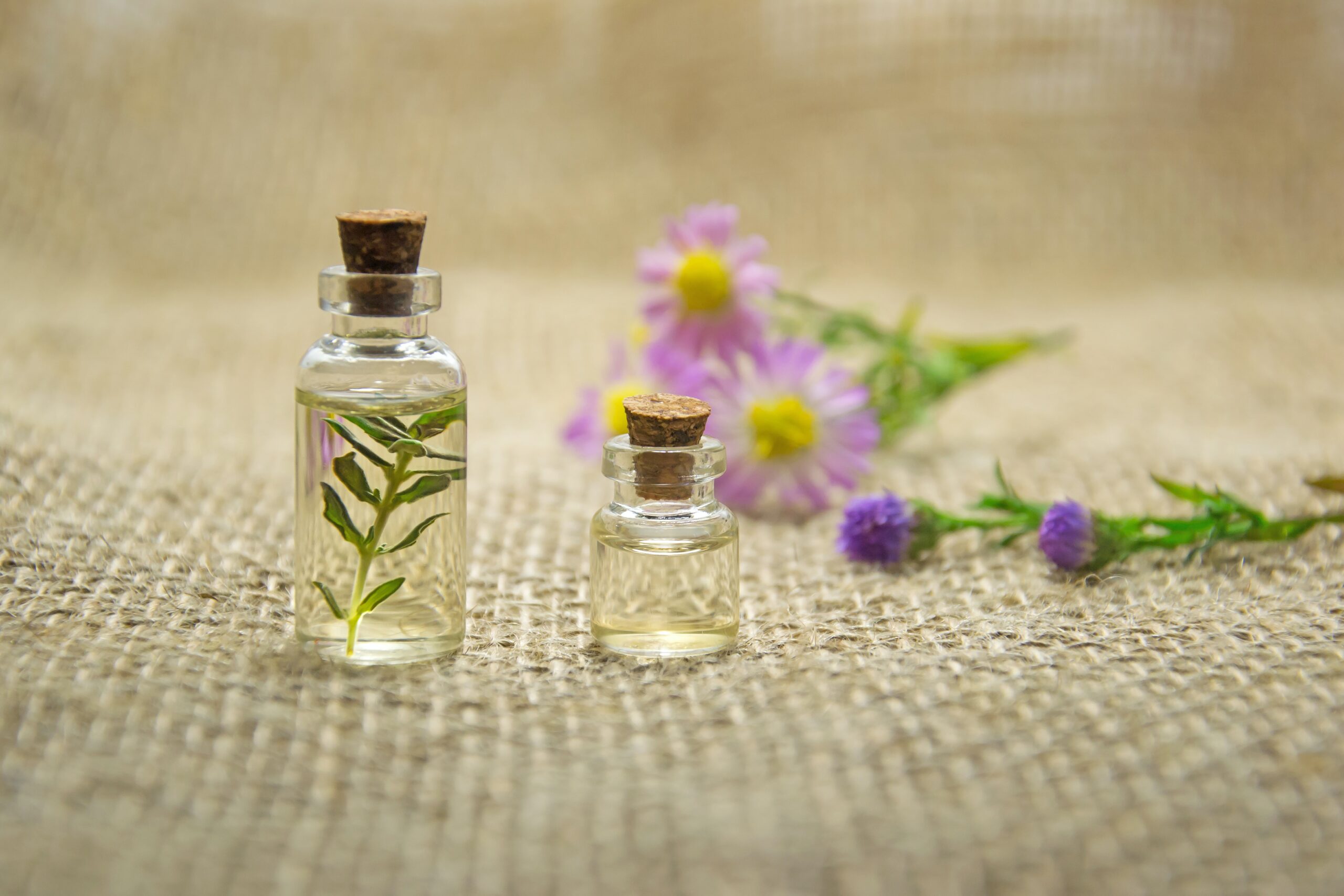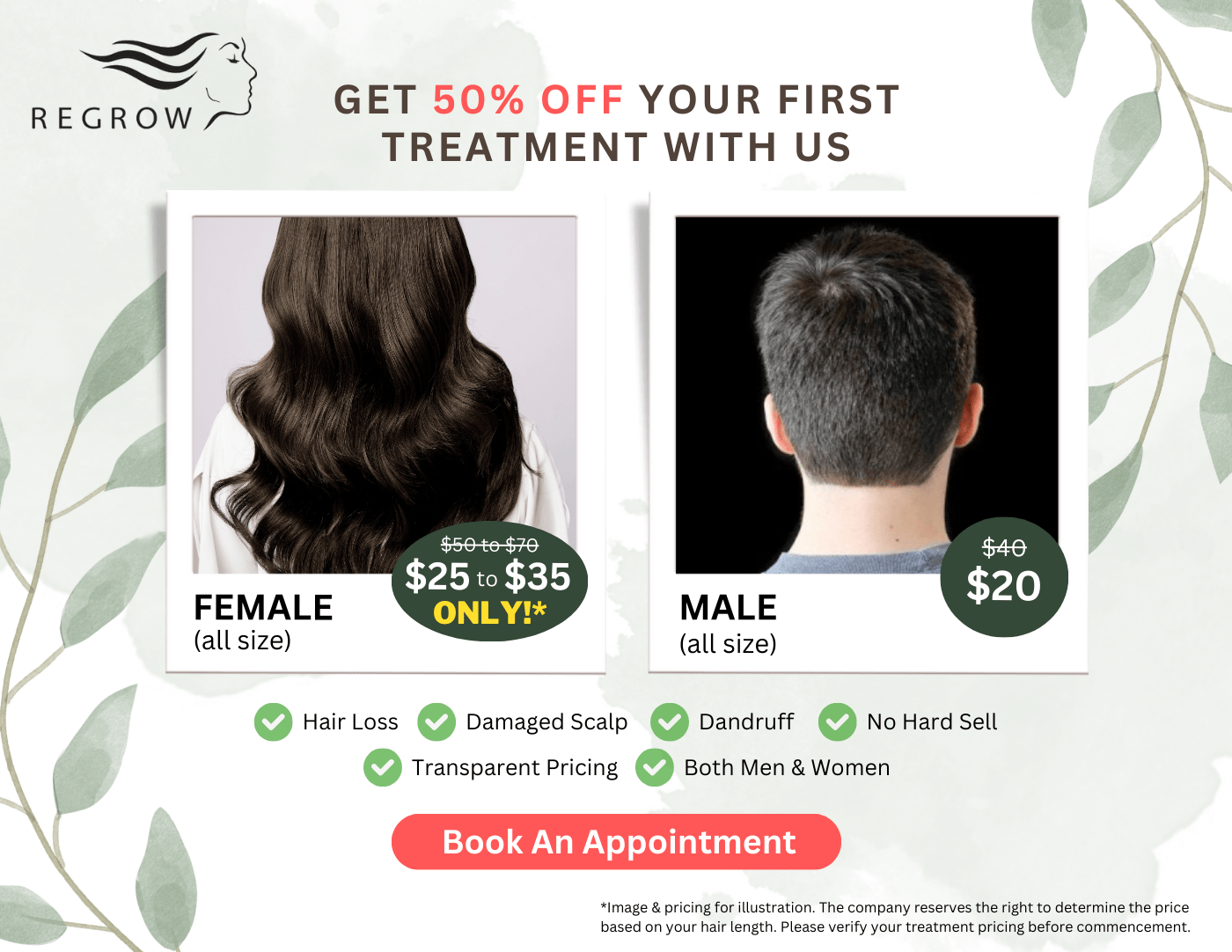Last Updated on: 31st May 2023, 12:57 am
Hair loss is one of the main concerns not just for men but also for women and while it may not be an important health issue, the emotional toll can be rather damaging.
However, most hair loss is reversible and can be treated before severe balding occurs.
How does hair loss happen?
Losing hair can happen for a number of reasons and they can be caused by genetics, hormonal changes, fungal conditions in the scalp, stress levels, side effects of medications, autoimmune diseases, and even nutrient deficiency.
The most common occurrence of Male and women pattern balding is referred to as androgenic alopecia.
This is most common among men over 50 and women experiencing menopause.
What is the difference between Male pattern baldness and female pattern baldness?
Male pattern baldness
Male pattern baldness usually occurs due to genetics, cancer, thyroid conditions, side effects of medication, nutritional disorders, and a high level of androgens found within the body.
It tends to begin at the sides of the forehead, forming an M shape, and over time, you can see the receding hairline that goes all the way to the top of the head. Some go fully bald while others have hair remaining on the sides and back of the head.
Female pattern baldness
It is rare for women to go fully bald unlike men but thinning may occur starting from the top of the forehead.
There are three types of baldness:
- Type I. When a small amount of thinning starts around the hair part.
- Type II. When there is a widening of the part and increase thinning around it.
- Type III. There is thinning throughout the head, with a see-through at the top of the scalp.
These kinds of balding are less likely to occur for women in their 20s unless it is caused by wearing tight ponytails too often. Usually, symptoms of baldness may start to appear in their 40s, 50s, and beyond.
When should you worry about hair loss?
It is perfectly normal to lose around 50 to 100 strands of hair a day as it is part of the normal hair growth cycle for hair follicles.
You should only start worrying when you see one of these symptoms:
1) Sudden hair loss in clumps or excessive hair loss
2) Bald patches around small areas of the scalp
3) Noticeable thinning hair on areas surrounding the head
What can you do to stop hair loss?
1) Do a home scalp massage regularly to increase blood circulation in the scalp
Scalp massages have a way of inducing stretching forces that encourages hair growth and research has resulted in an increased hair thickness amongst people who perform scalp massages every day.
Topical treatment for hair loss or hair oils can be used whilst performing massages for better absorption and it can also help reduce stress levels and increase blood flow.
It is important to remember to massage using your fingertips not your fingernails to avoid damaging your scalp in the process.
2) Apply onion juice to the scalp to keep the scalp healthy
There are plenty of benefits to applying onion juice to the scalp and hair and it can also treat patchy hair loss that is often found in alopecia areata which is an autoimmune condition where the body attacks the hair follicles and causes hair loss in different parts of the body.
As onion juice helps improve circulation, you can treat those pesky patches of alopecia areata by blending the onions and squeezing out the juice with a washcloth before applying the juice all over the affected areas.
If you can’t stand the smell, just rinse and shampoo after leaving it for 10 to 15 minutes.
3) Apply aloe vera gel
There are plenty of benefits when using aloe vera.
It soothes the scalp, conditions the hair and helps reduce dandruff which can be one of the causes of hair loss.
Aloe vera also helps unblock the hair follicle that has been blocked by an overload in sebum production on the scalp.
It is also so easy to use, you can just apply it onto the scalp and hair after washing to keep it moisturized and hydrated because everyone knows a well-hydrated healthy scalp can help slow hair loss.
4) Use lemon for exfoliation
Lemons contain a high amount of vitamin c and it can be used to maintain healthy hair.
It is often used to exfoliate dead skin cells that can clog up the hair follicle if not removed.
Proven to help ease psoriasis and dandruff, all you need to do is to apply some lemon juice onto the scalp and leave it on for 10 to 15 minutes.
You can wash immediately after with shampoo and this should be done once or twice a week to promote healthy hair growth.
5) Coconut oil as a hair treatment
One of the most popular methods for hair loss treatments, this oil has been proven to work because it contains fatty acids such as lauric acid where its molecules are small enough to penetrate deep inside the hair shaft to reduce protein loss from hair and prevent hair breakage.
Depending on your hair type, it can be used before or after you wash your hair.
If you have dry hair, you can use it after shampoo every day as a hair oil but if you have oiler hair, you can use it once a week as a leave-in conditioner for a few hours.
For the scalp, you can apply it after shampoo, once your hair is dry. This application method has been proven to balance the microbiome of the scalp which can help individuals with significant hair loss.
Essential oils for hair regrowth
Essential oils have long been proven to work to help combat hair loss, and strengthen hair follicles. Its scents can also help reduce stress levels which is one of the main causes of telogen effluvium hair loss.
Here are several types of oils that may work for you:
1) Rosemary oil
Rosemary has been found to help with hair loss by stimulating new hair growth and it can even be used to treat androgenic alopecia or otherwise known as male pattern baldness.
To use it, you just need to mix a few drops of rosemary oil into a carrier oil which we suggest coconut oil as it has the fatty acids to help with hair loss. You can do this every time you use coconut oil as a hair or scalp treatment.
2) Geranium oil
Geranium has been found to not only stimulate hair growth but also boost circulation.
To use it, you just need to mix three drops of geranium essential oil with eight drops of carrier oil, and apply it directly to your hair. You can also add a few drops to your shampoo and conditioner.
Geranium oil can help strengthen, hydrate, and restore your hair.
It is important to remember to use essential oils with carrier oils and direct use of essential oils can lead to hair damage and skin.
Supplements for Hair Loss
Most of the time, your hair loss is caused by health conditions or the lack of essential nutrients in your body such as a low amount of vitamin d or even vitamin h (biotin).
Studies have shown that regular consumption of the right vitamins can improve hair loss in the long run.
When a person starts losing hair, they often find their bodies lacking in the following vitamins:
- selenium
- vitamin B
- zinc
- Vitamin D
- iron
- vitamin A
- vitamin C
- vitamin E
Before you begin consuming all these vitamins, it is important to seek advice from a doctor and get a medical check-up first to see if you really are deficient in these vitamins.
Other methods to stop hair loss
1) Eat a diet rich in fish
You can choose fishes that have high sources of omega-3 fatty acids which have been linked to hair growth and good skin. Examples of fatty fish are salmon, herring, and mackerel.
If you are unable to consume enough fish in your weekly diet, you can supplement it with fish oil as it has the nutrients needed to improve your hair from the inside out.
Fatty fish like salmon, herring, and mackerel have nutrients that may promote hair growth. They are excellent sources of omega-3 fatty acids, which have been linked to hair growth in several studies.
2) Eat more fresh vegetables
Consuming vegetables has been proven to be an excellent way to promote hair strength and improve overall hair health as they are rich in nutrients. Fresh vegetables decrease many forms of nutritional deficiencies that can cause hair loss.
Vegetables like spinach, onions, carrots, garlic, tomatoes, beetroots, sweet potatoes, french beans, orange veggies, green chillies and fresh herbs can positively promote hair health.
3) Follow the Mediterranean diet
The Mediterranean diet is not a specific diet plan but it is a way of eating that’s based on the traditional cuisines of Greece, Italy and other countries that border the Mediterranean Sea.
It is a diet that is high in plant-based foods such as vegetables, fruits, whole grains, beans, nuts, and seeds with olive oil as the main source of fat, and moderate consumption of wine is allowed. It also promotes a low to moderate consumption of fish, poultry, and dairy products, but minimal amounts of red meat.
This diet can help with hair loss and thinning hair as it create substantially positive health effects that is good for the overall body in general.
Medical treatments for hair loss
If you have done everything possible to stop or reduce your hair loss and nothing has worked, there are lots of medical treatments that can help.
1) Over the counter medicine
Minoxidil is a popular and effective treatment for androgenetic alopecia in both men and women. It is often found as the active ingredient in Rogaine. It can help stimulate hair growth even in cancer patients undergoing chemotherapy. However, more research is needed to prove the efficacy of this product.
Finasteride is another medication that can help with hair loss on the scalp. This medication works by blocking the action of an enzyme called 5-alpha-reductase. This enzyme changes testosterone to another hormone that causes decreased libido, the prostate to grow or hair loss in males.
2) Platelet-rich plasma treatments
Platelet-rich plasma (PRP) is a treatment that doctors use to accelerate healing in various areas of the body. It istypically used when hair loss results from androgenetic alopecia, where hair follicles start to shrink.
This can be used in preventing hair loss when thinning areas are found due to medical conditions that may lead to balding in the future.
3) Low-level light therapy
For individuals with hair loss that is caused by chemotherapy and who have a family history of genetic hair loss — low-level light therapy can help increase hair density. Multiple sessions are required to see an improvement in areas that are affected.
4) Hair transplant surgery
Hair transplant or hair restoration surgery is an outpatient procedure that uses micrografting technology to donate your own hair follicles to other areas of your scalp that are thinning.
Results from this surgery are long-lasting and are considered to be permanent to stop hair loss.
Summary
Hair loss is a common occurrence, particularly from pattern baldness and does not discriminate between men and women. It is almost always reversible as long as steps are made to stop the hair loss from getting worse.
As there are plenty of options available, you can choose to go the natural route or seek professional advice from a doctor.
If you are suffering from pattern baldness, just know that you are not alone and there are plenty of options available to help you with your predicament.







